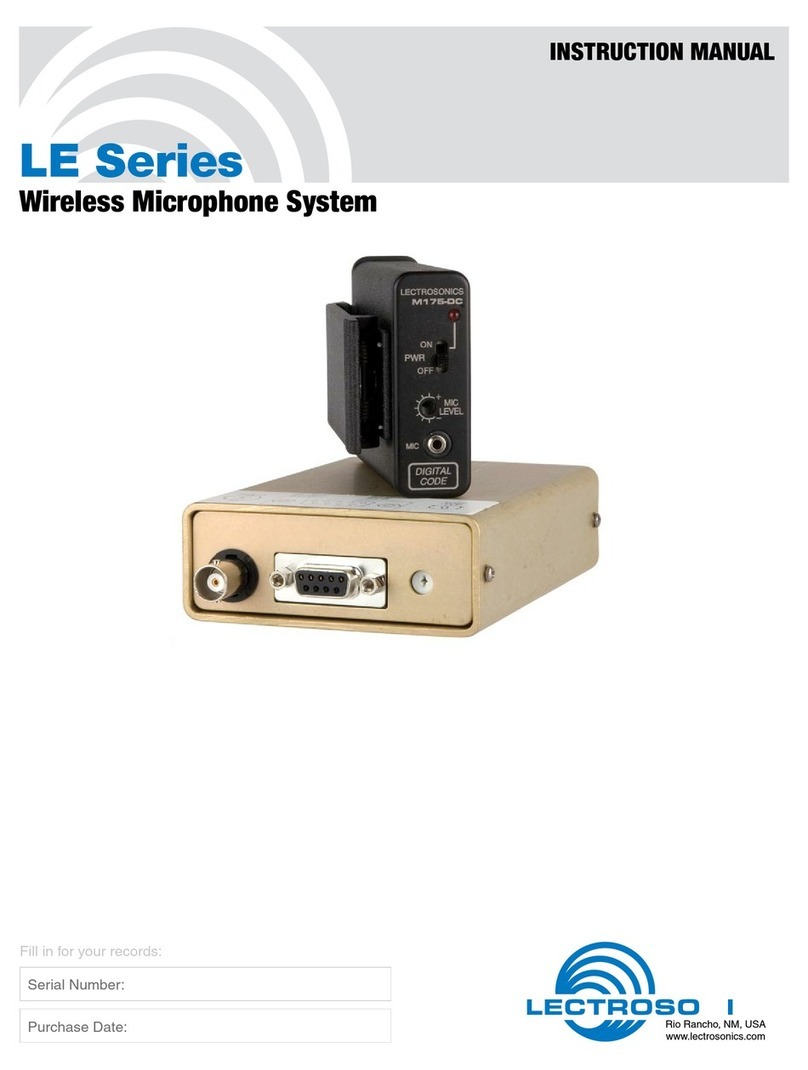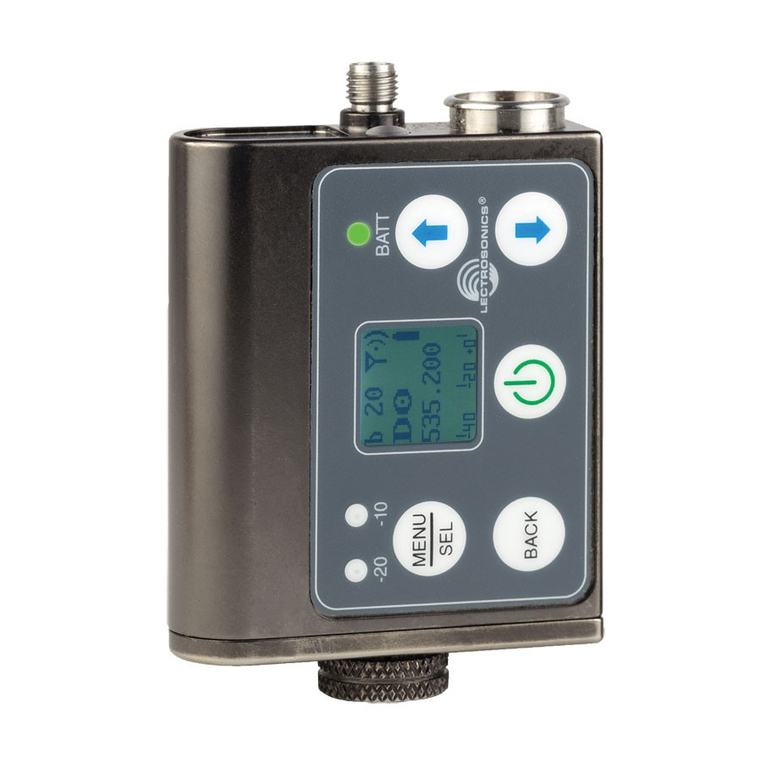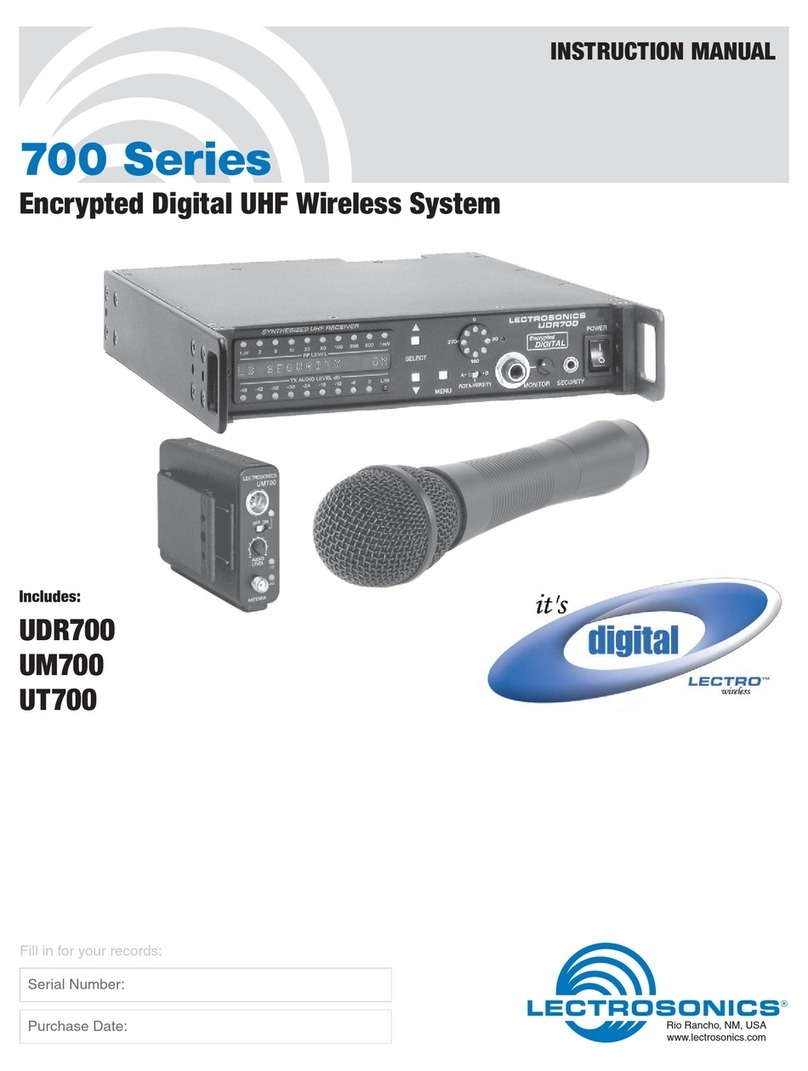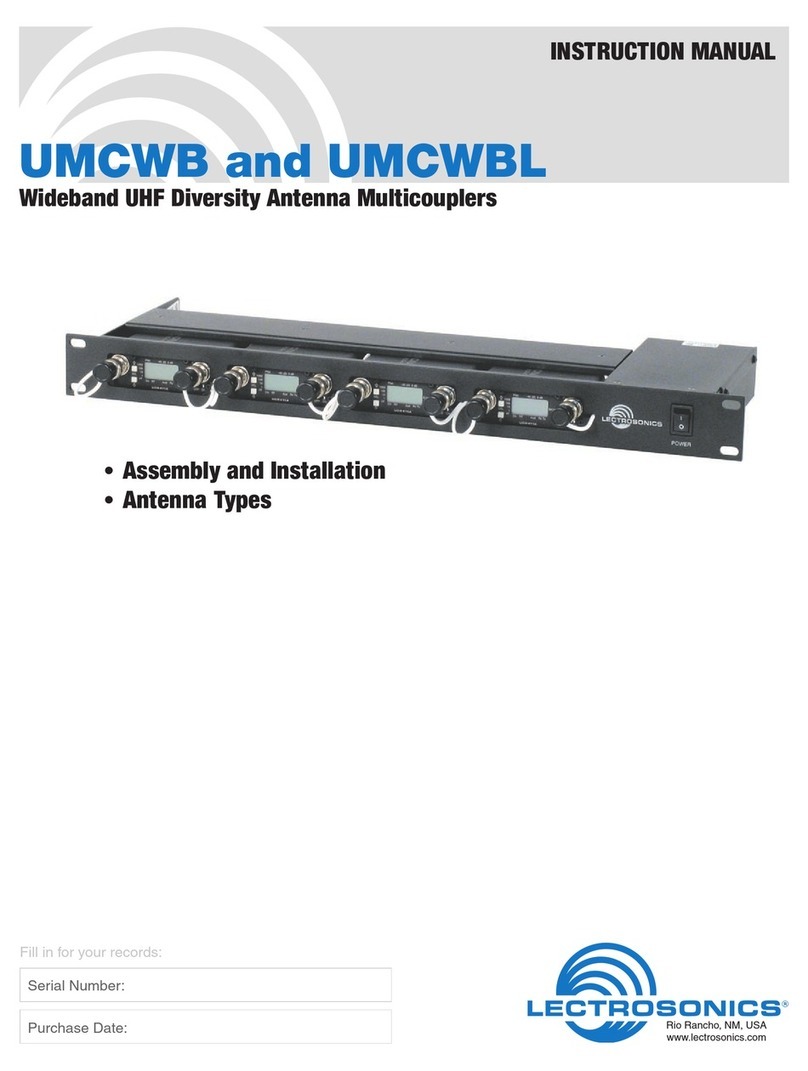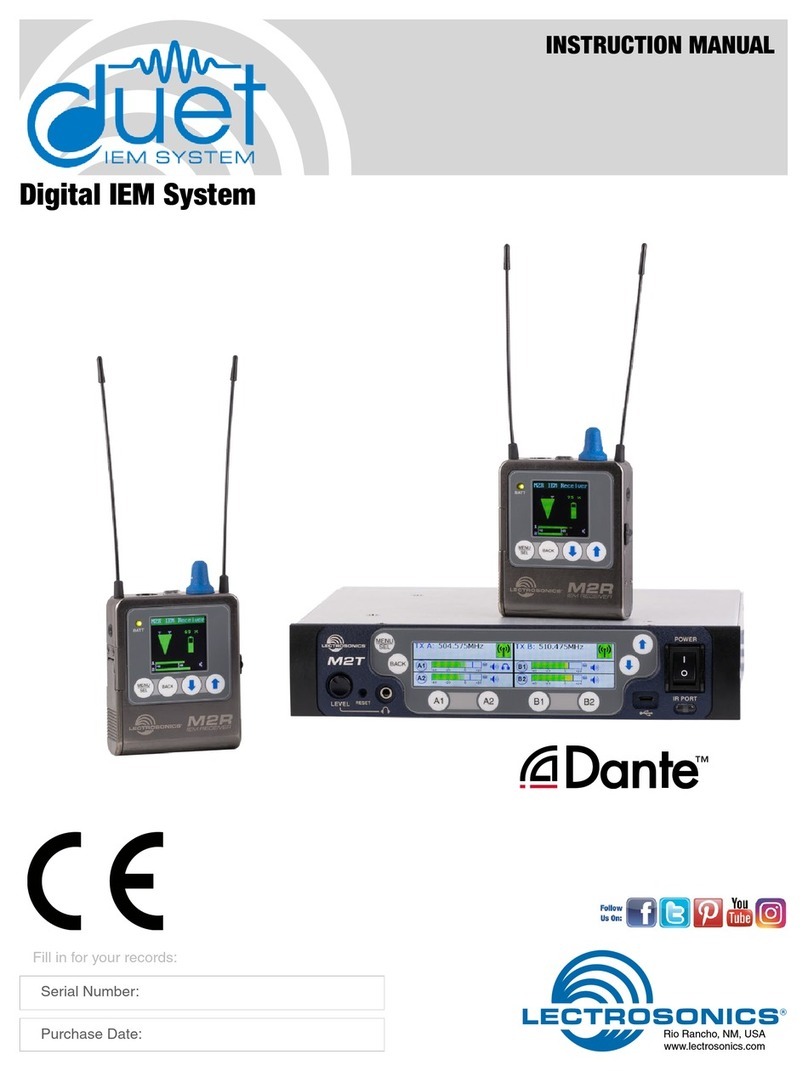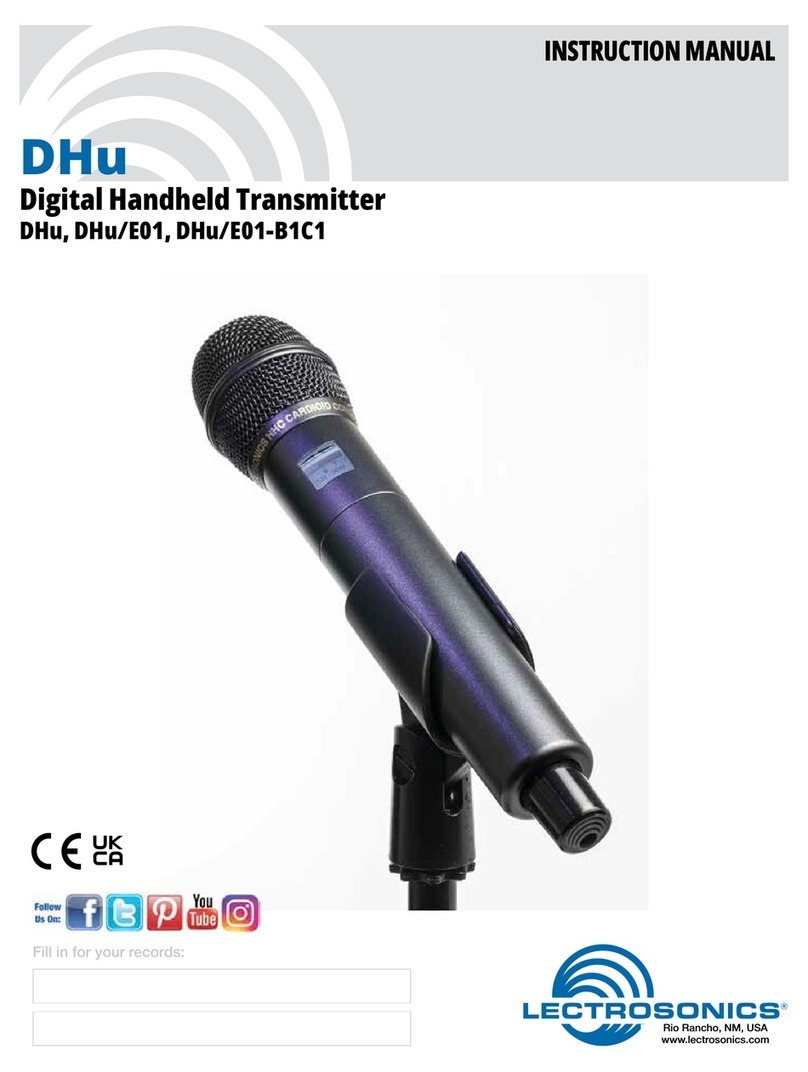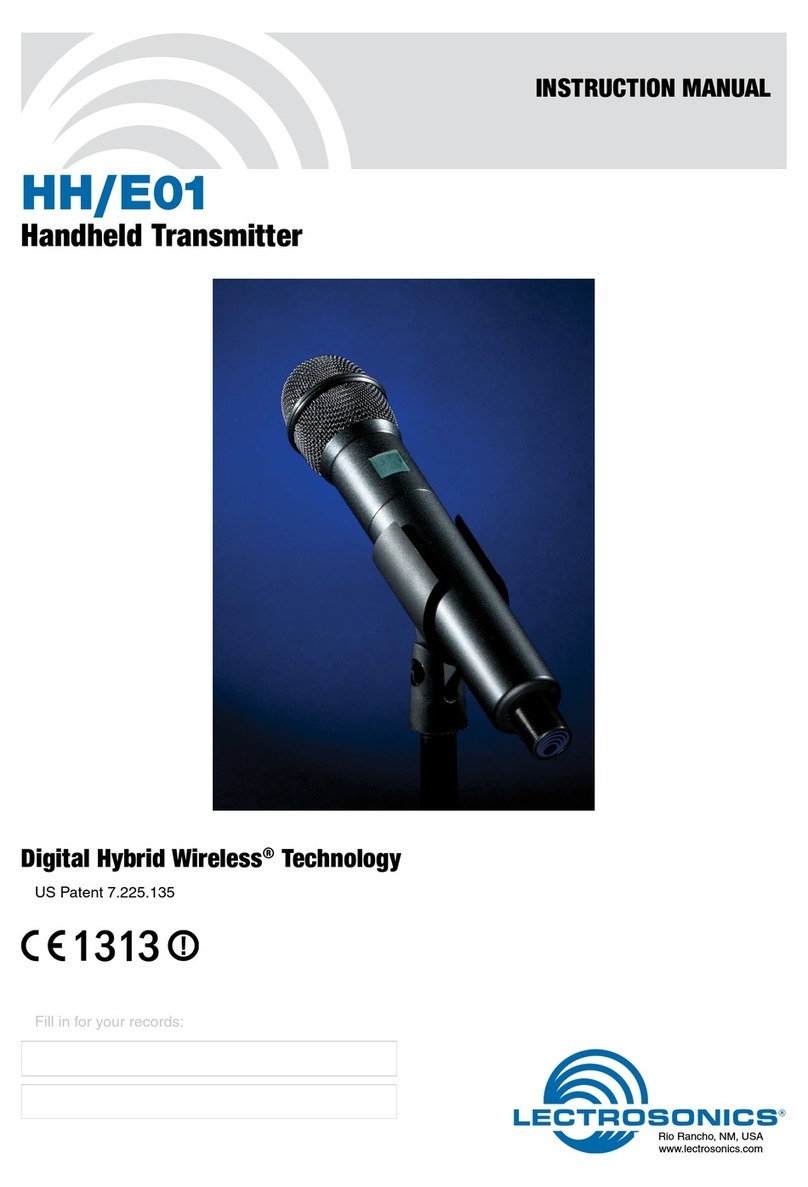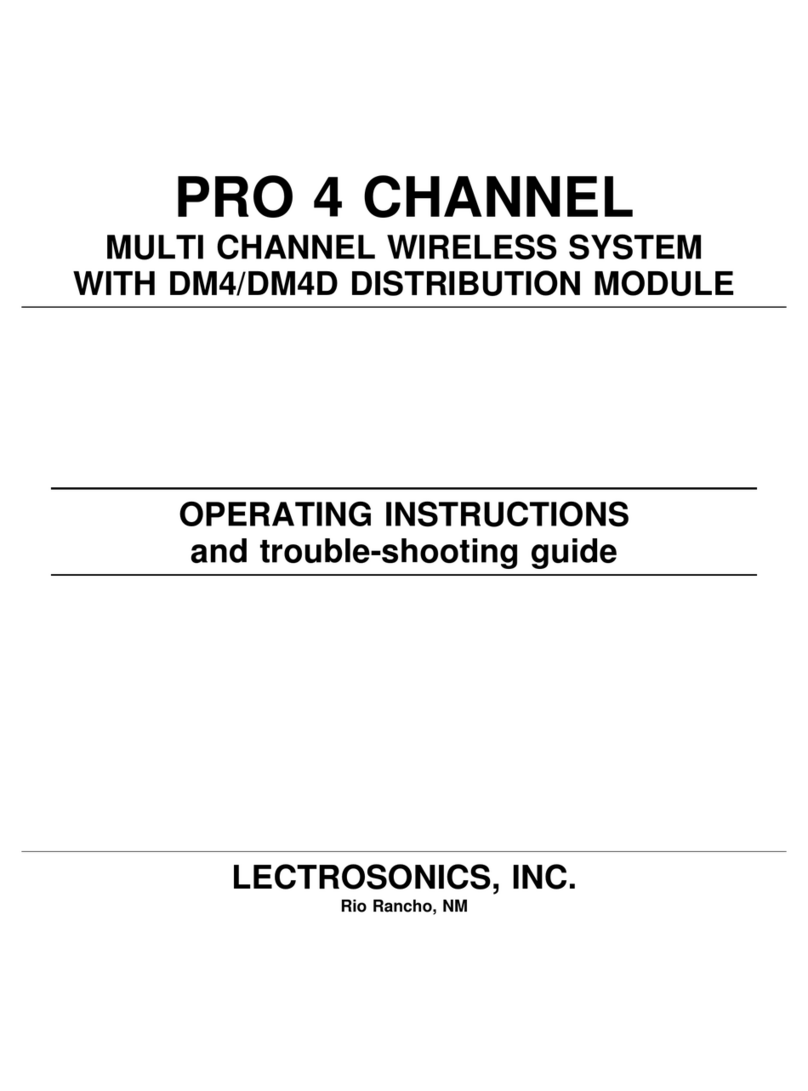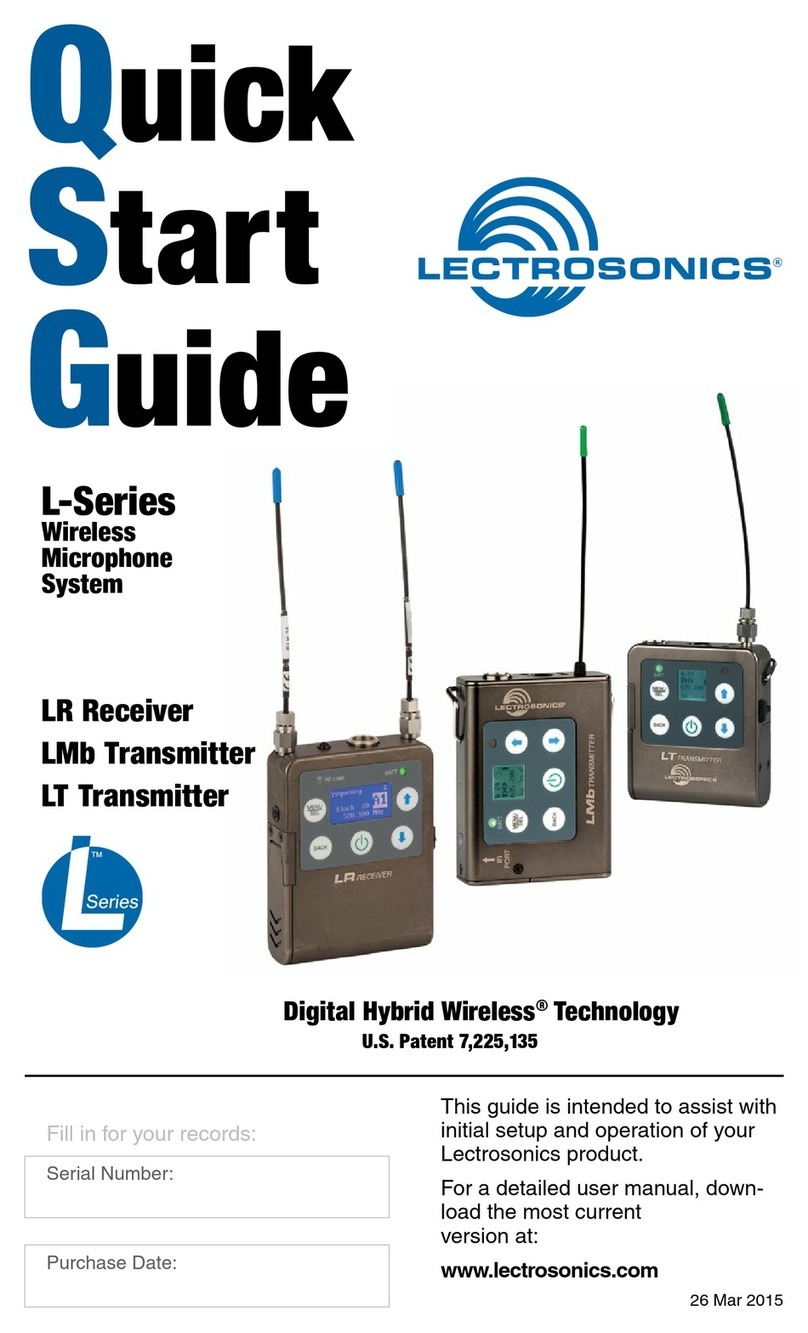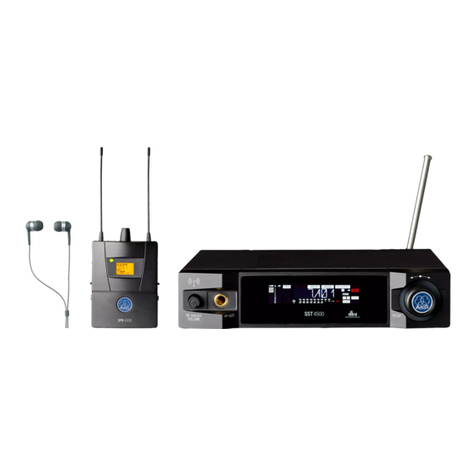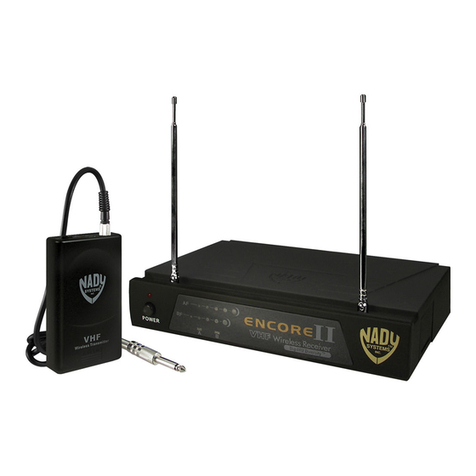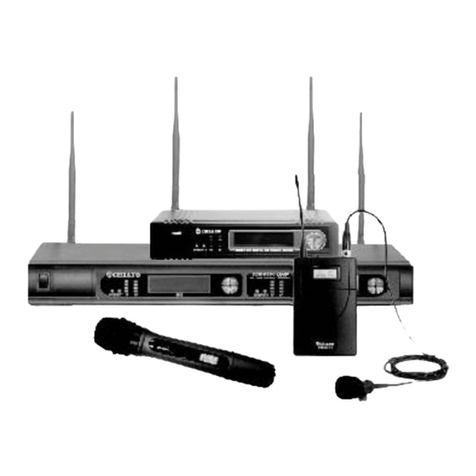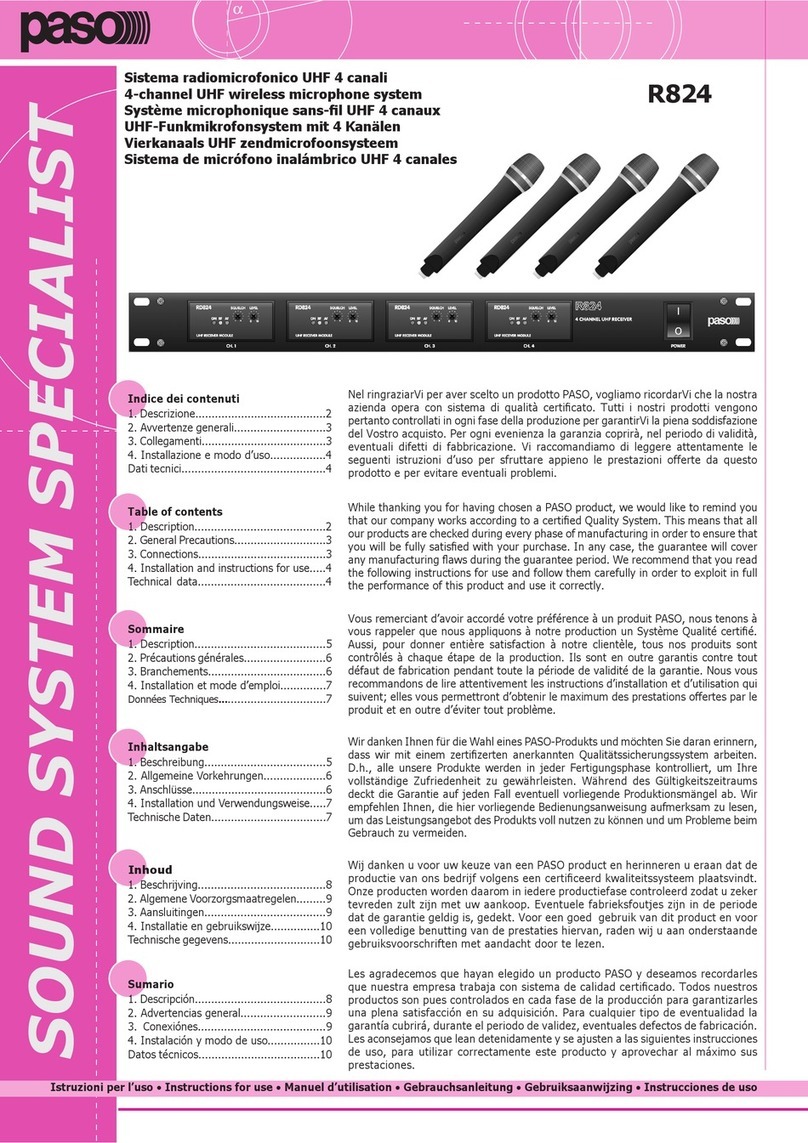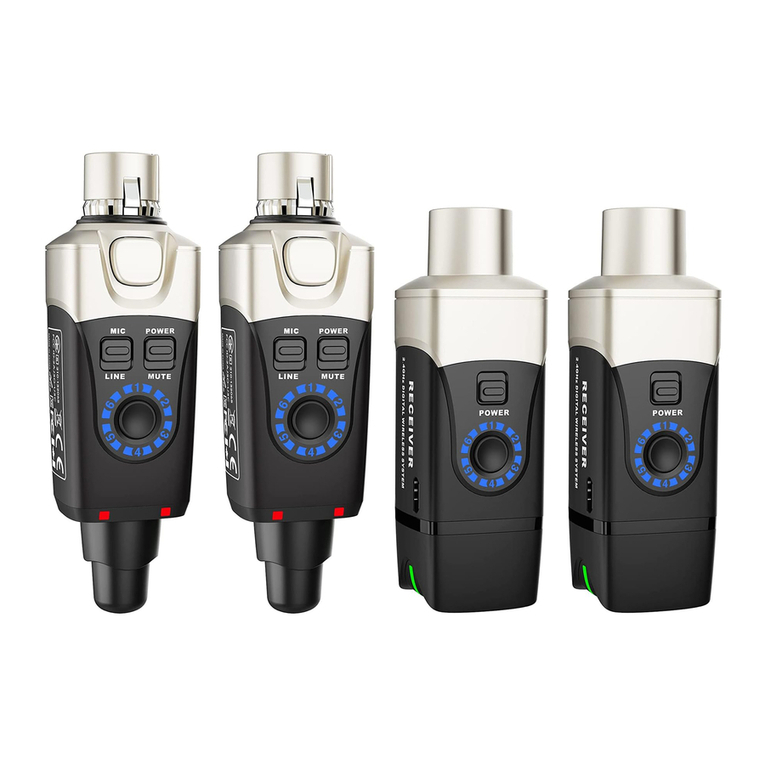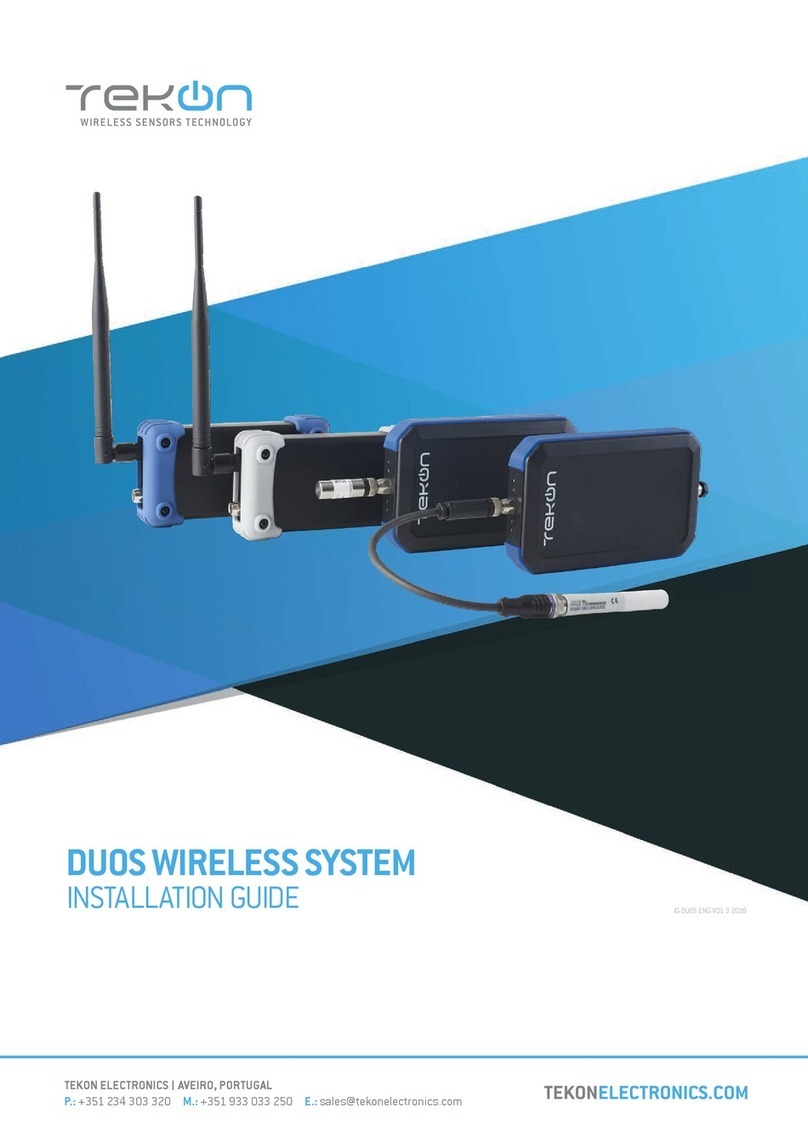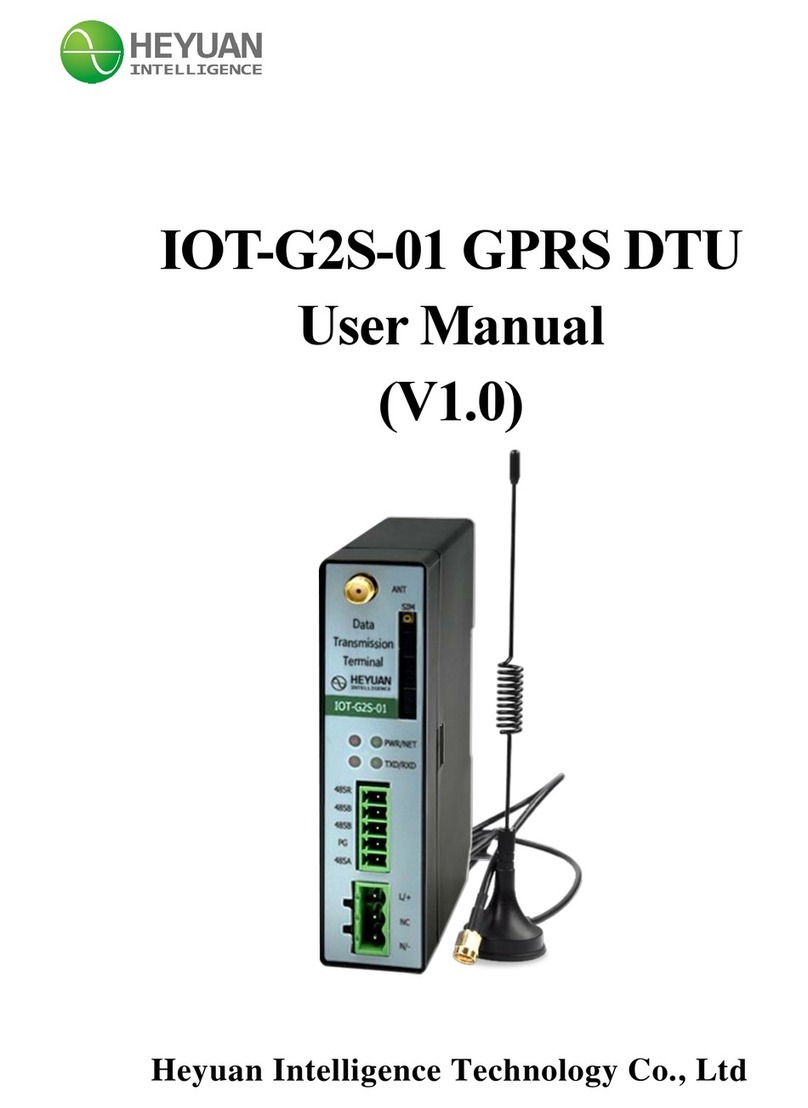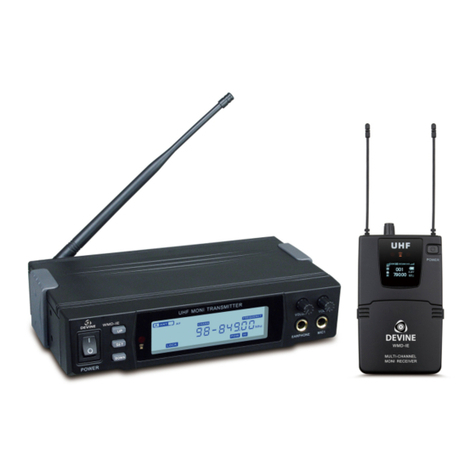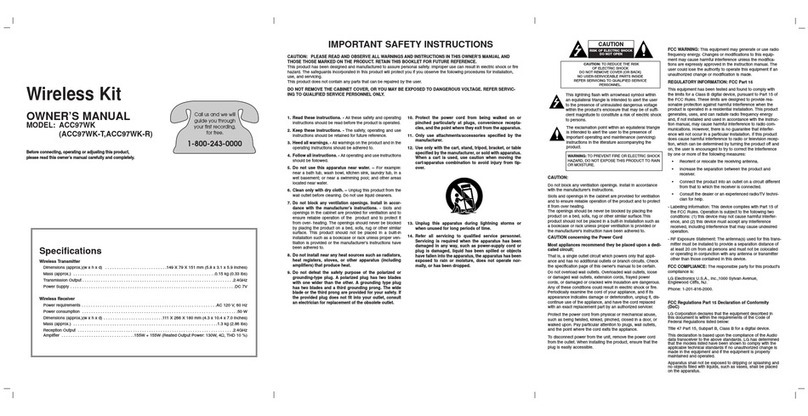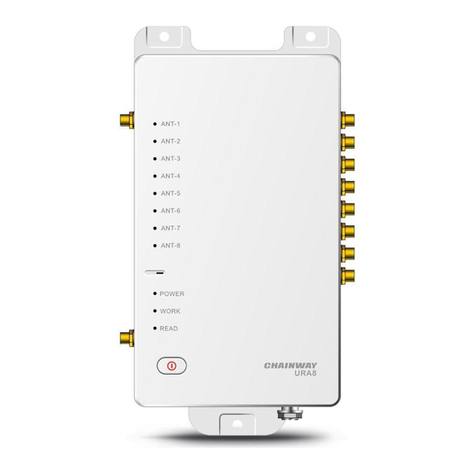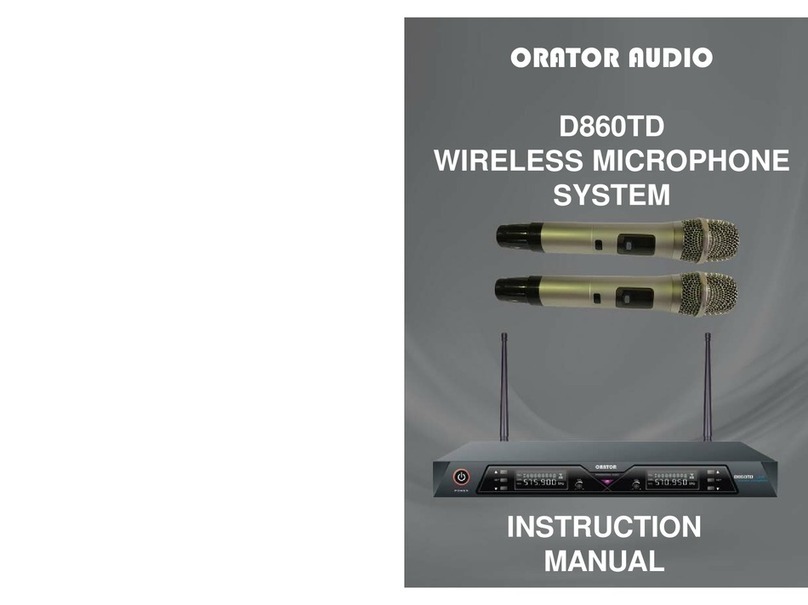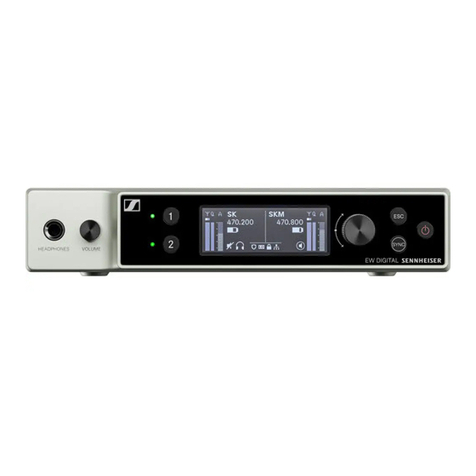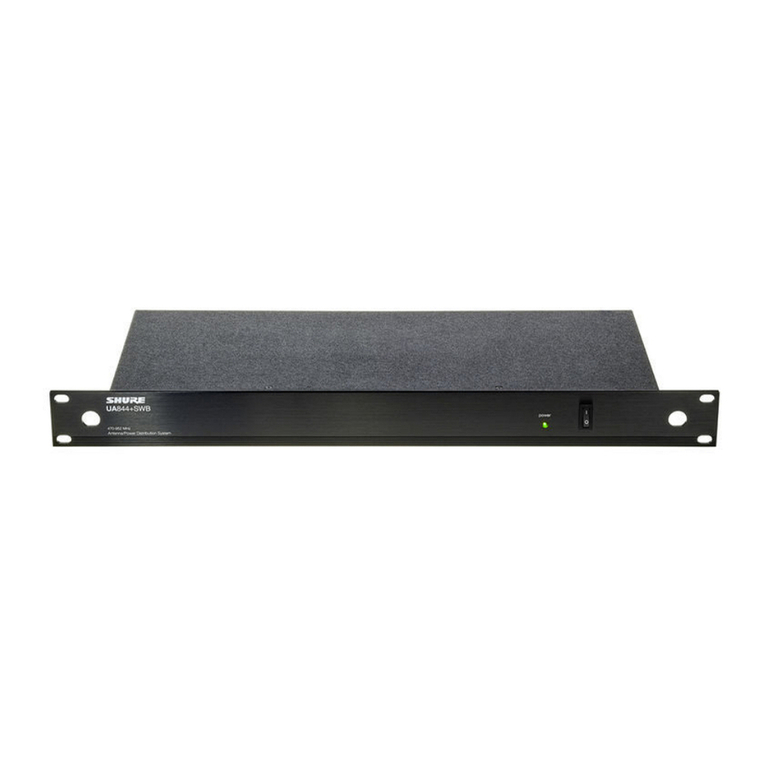
Remove DC voltage from Battery contacts and apply firmware version label to audio board
Test Segment 20 of 60
NOTE: This segment may be performed using one audio board to test multiple radio boards
Initial setup:
Known good, pre-tested audio board with PIC18F67J11
µC IC running firmware version appropriate & current for
part number connected to an untested radio board
Test panel key pad or appropriate test rig connected to
audio board J2
Apply +3.0VDC, 300mA current limit in at battery contact
J8 (J9 is circuit common).
All voltage measurements referenced to circuit common
All demodulated carrier and carrier deviation
measurements taken with a Hewlett Packard 8901B
modulation analyzer with no 8901B filters selected. Use of
other instruments may yield different results particularly
measurements pertaining to noise and phase and
measurements where noise is a significant factor
All audio stimulus signals applied to audio input rig
defined at foot of this document
All audio stimulus signals are single ended.
Carrier power for various part numbers are as follows:
HH=100mW, HHAU & HH/E01=50mW and HH/E02
All audio measurements taken with a ≤10 Hz HPF and
80KHz LPF (use filter on audio signal analyzer, no
modulation analyzer unless otherwise specified).
This font indicates use of the
lternate Method to manual testing. The
Alternate Method uses the LectroLink
apparatus and either the LecNet2
Command Terminal Utility or the
O:\ATE\MTE\HH\
H_LectroLink_Control.exe
program. Test steps bearing the same
number indicates alternate method(s).
Step Measurement name & description Measurement result (Typ)
Power Up sequence and current draw
Prerequisite(s): FPGA IC programmed
Hold test power button on test panel key pad for 3 seconds until DUT powers up
Observe behavior of test key pad LED -10 LED turns on red, then -20 LED
turns on red then both off.
both LED's flash red once then
